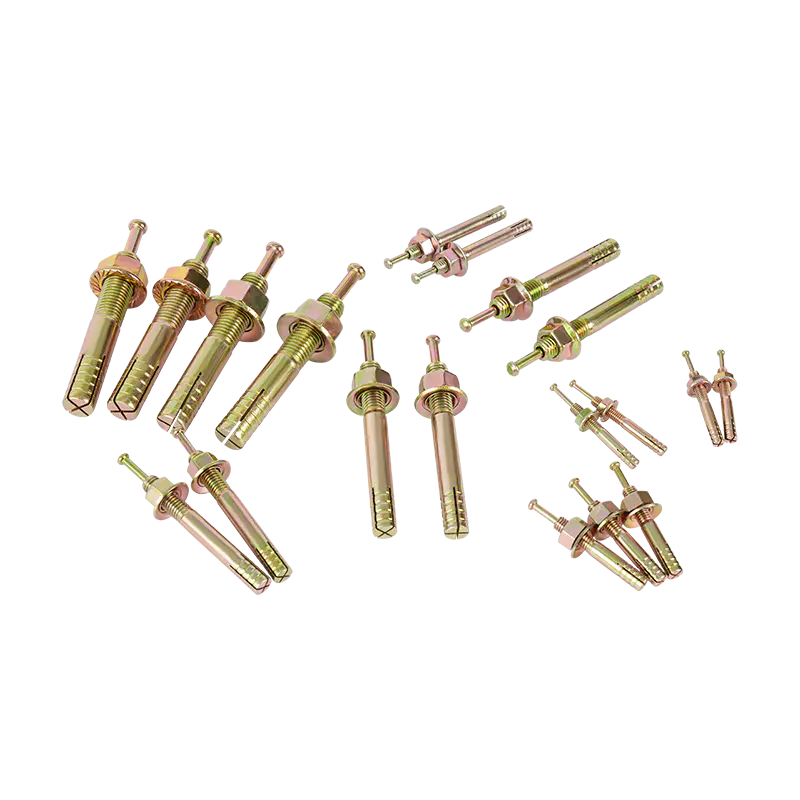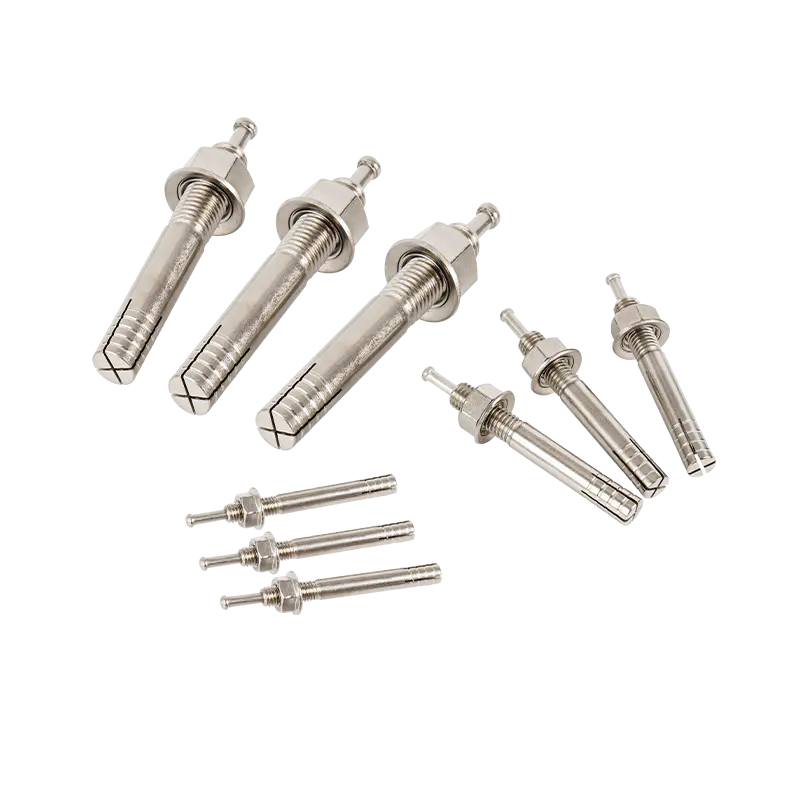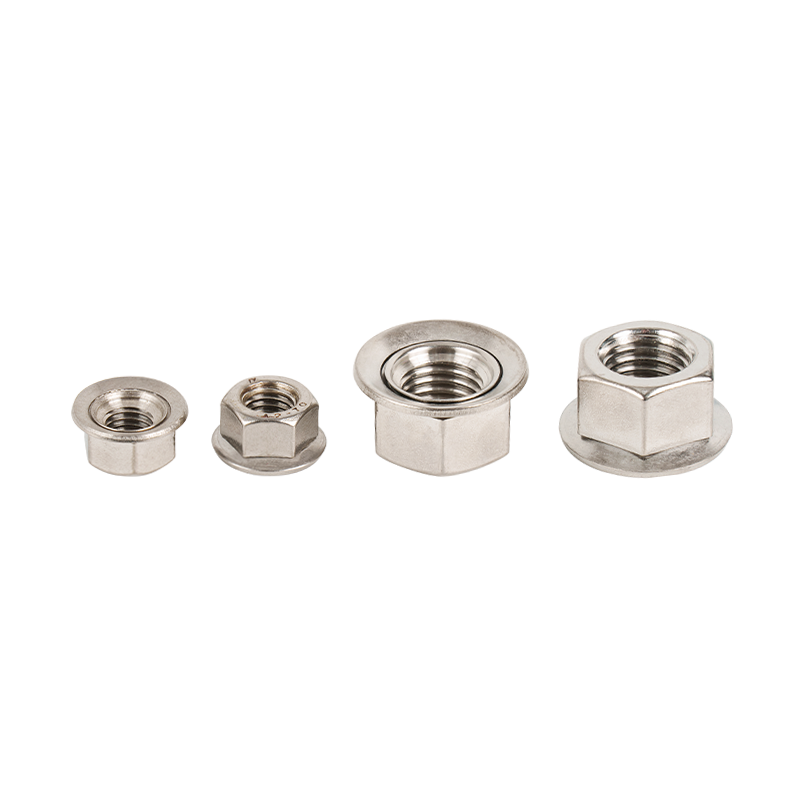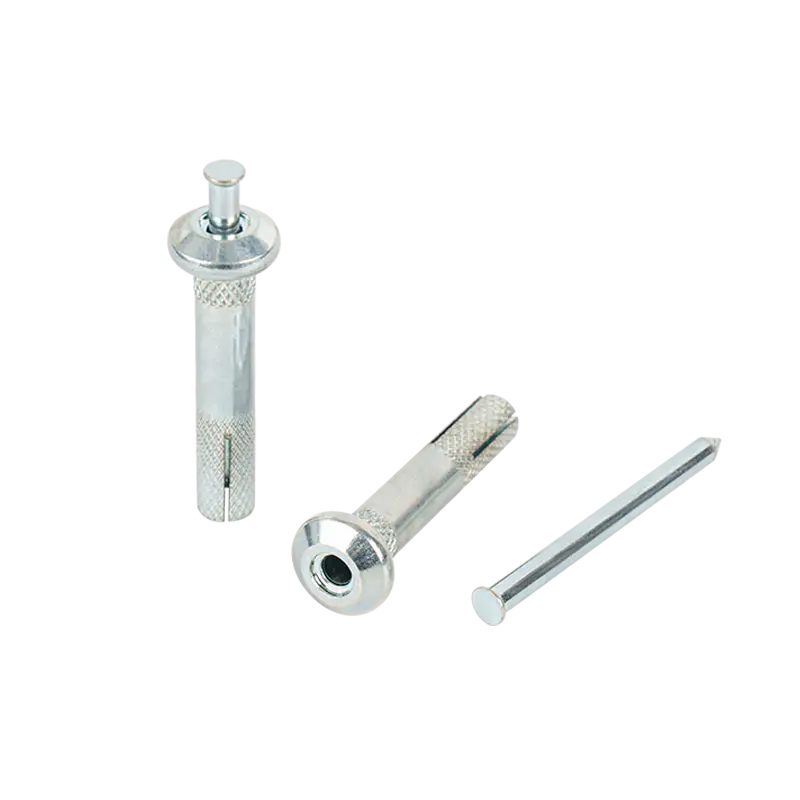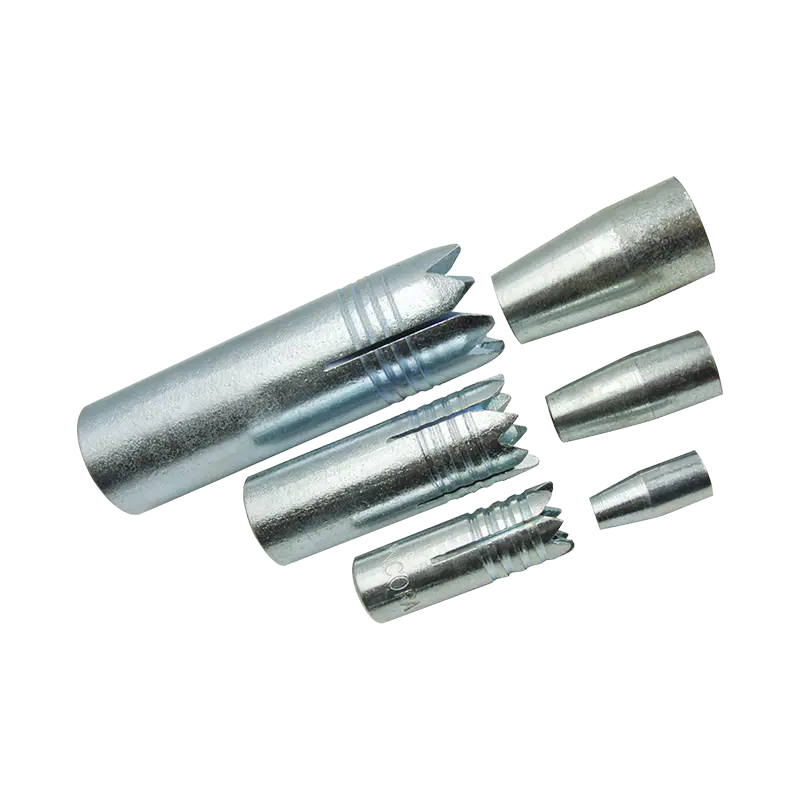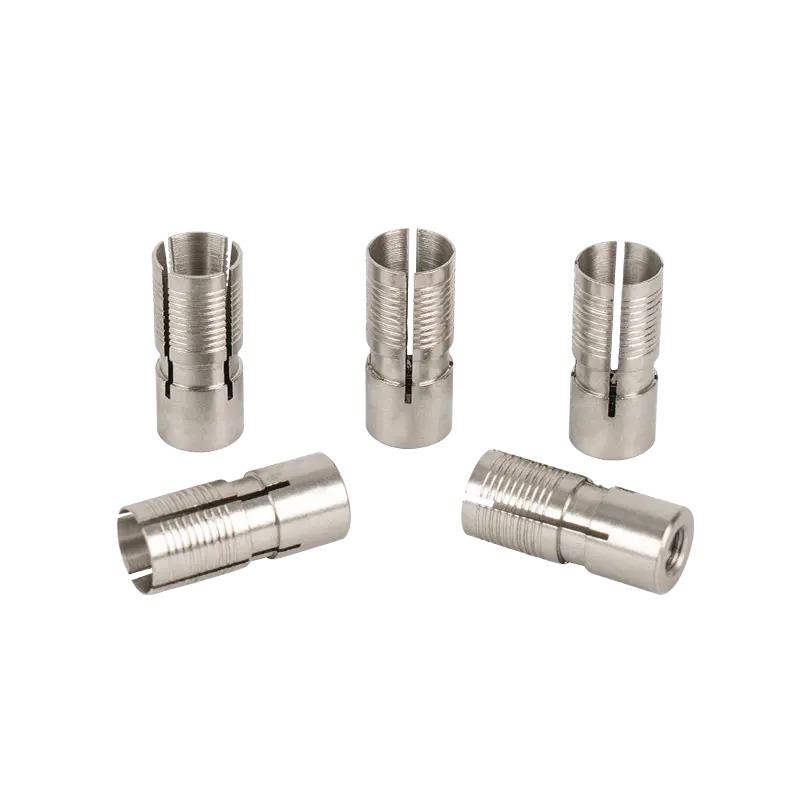Is the Strike Anchor reliable on old/loose concrete?
2025-07-06
The challenge of securely fastening to aging or compromised concrete structures is a common dilemma faced by engineers, contractors, and facility managers. With infrastructure aging across the globe, the question arises: Can Strike Anchors provide reliable anchorage in old or loose concrete? The answer requires careful consideration of the technology's mechanics and the substrate's condition.
Understanding Strike Anchors
Strike Anchors (also known as hammer drive pins or pinsetters) are simple, mechanical expansion anchors. Installation involves drilling a hole to the specified diameter and depth. The anchor, comprising a pin within an expansion sleeve, is inserted. Hammering the pin head forces it deeper, expanding the sleeve outward against the concrete walls, creating friction and interlock for load transfer. Their speed and ease of installation are significant advantages.
The Challenge: Old and Loose Concrete
Old concrete can present several issues detrimental to anchor performance:
- Reduced Compressive Strength: Over time, weathering, freeze-thaw cycles, chemical attack, or original mix deficiencies can significantly lower concrete strength, potentially below the minimum required for effective expansion.
- Cracking: Existing cracks, especially parallel to the anchor axis or radiating around the hole, create planes of weakness. Expansion forces can exacerbate these cracks.
- Voids and Honeycombing: Poor original placement or deterioration can leave voids or porous areas within the concrete mass, reducing the solid material available for the sleeve to engage.
- Surface Spalling: Weak surface layers can crumble under the impact force during installation or under the expansion pressure.
Strike Anchors in Compromised Concrete: Key Considerations
While Strike Anchors can function in suitable older concrete, reliability hinges on rigorous assessment and procedure:
-
Critical Substrate Evaluation:
- Compressive Strength Test: This is non-negotiable. Determine the in-situ compressive strength using methods like Windsor Probe tests or core sampling. Strike Anchors generally require a minimum concrete strength of 2,000 psi (14 MPa), often higher for significant loads. If strength is insufficient, Strike Anchors are not reliable.
- Visual and Sounding Inspection: Thoroughly examine the area for cracks (width, direction, extent), surface deterioration, delamination (hollow sounds when tapped), and evidence of previous repairs or reinforcement corrosion.
-
Installation Nuances for Higher Risk Substrates:
- Hole Integrity: Drill holes meticulously using sharp carbide bits at the correct diameter. Avoid oversizing or creating conical holes. Clean holes rigorously using wire brushes and air blasts to remove all dust and debris, which compromise grip.
- Edge and Spacing: Strictly adhere to minimum edge distance and anchor spacing requirements specified by the manufacturer and relevant codes (e.g., ACI 318). These distances are even more critical in weak concrete to prevent blowout or splitting.
- Controlled Installation: Use measured hammer blows. Excessive force can fracture fragile concrete or over-expand the sleeve, losing grip. Stop hammering when the pin head is flush with the sleeve head. Under-driving leaves insufficient expansion; over-driving can damage the anchor or concrete.
- Proof Testing: Perform representative proof load tests (pull-out tests) on anchors installed in the suspect concrete before proceeding with critical applications. This provides empirical data on achievable capacity.
-
Limitations and When to Consider Alternatives:
- Strike Anchors exert significant radial expansion forces. In concrete with low strength, significant cracking, or close to edges, these forces are likely to cause cracking, spalling, or blowout failure.
- They offer no chemical bond and minimal keying into voids – their grip relies almost entirely on friction against solid concrete. In highly porous or honeycombed areas, grip will be poor.
- Verdict: Strike Anchors can be reliable in sound, older concrete that meets or exceeds the minimum required compressive strength and shows no significant cracking or deterioration in the immediate anchor zone. They are generally unreliable and not recommended for use in concretes with low compressive strength (below specification), significant cracking parallel to the anchor, extensive honeycombing/voids, or friable/spalled surfaces.
Best Practice Recommendations
- Prioritize Assessment: Never assume old concrete is suitable. Invest in proper testing and inspection.
- Consult Specifications: Rigorously apply the anchor manufacturer's published requirements (minimum concrete strength, edge distances, spacing, embedment) and relevant structural codes.
- Engineer Involvement: For critical applications, structural loads, or where concrete condition is uncertain, engage a qualified structural engineer to evaluate suitability and specify anchorage.
- Proof Test: When in doubt about the substrate or for high-consequence installations, proof testing is essential.
- Consider the Application: For non-critical, light-duty attachments in adequately strong old concrete with good integrity, Strike Anchors may suffice. For heavy loads, safety-critical applications, or visibly compromised concrete, alternative anchorage systems specifically designed for weak substrates are likely necessary.
The reliability of Strike Anchors in old or loose concrete is not guaranteed and is highly conditional. Success depends entirely on the verified integrity and strength of the specific concrete substrate at the point of installation. A disciplined approach involving thorough assessment, strict adherence to specifications, careful installation, and validation testing is paramount. When concrete condition falls below minimum strength thresholds or exhibits significant deterioration, Strike Anchors become a high-risk choice, and more suitable anchoring solutions should be employed. Always prioritize engineering judgment and substrate verification over assumed performance.

 English
English 日本語
日本語
